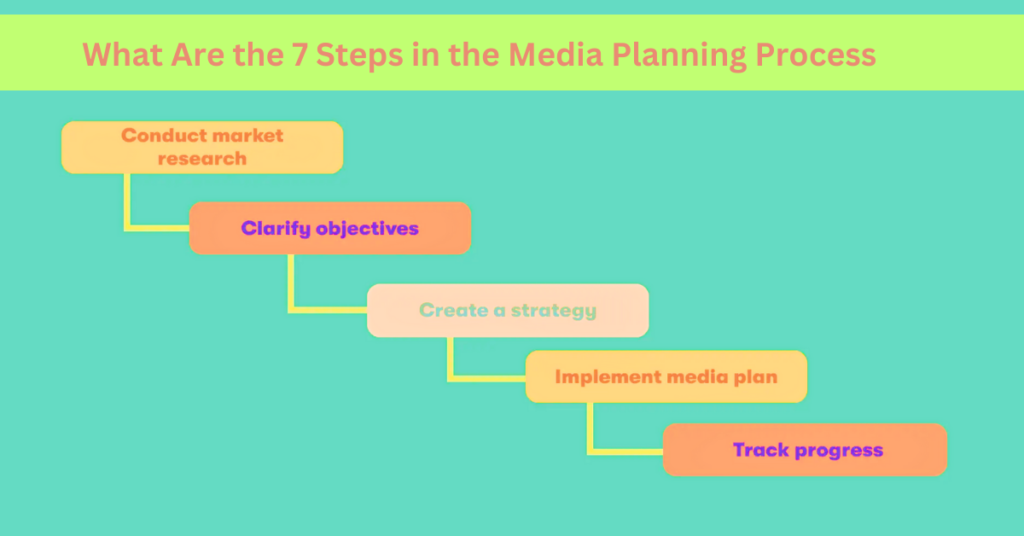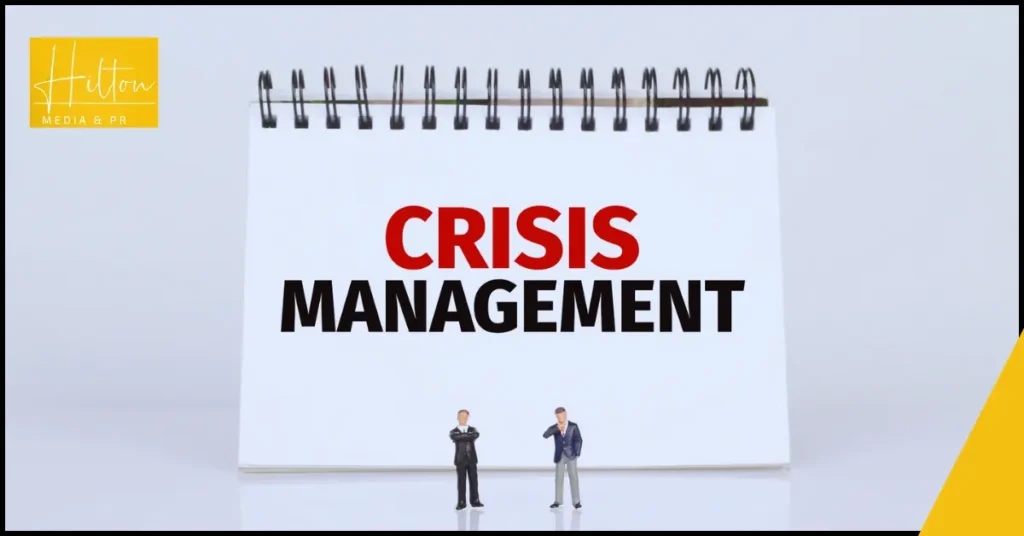In today’s fast-paced and ever-evolving digital landscape, effective media planning is more crucial than ever. Whether you’re a small business owner, a marketing professional, or a brand strategist, understanding the nuances of media planning can make or break your advertising efforts. This comprehensive guide will walk you through every aspect of media planning, ensuring you are well-equipped to craft strategies that not only reach your target audience but also maximise ROI.
What is Media Planning?
Media planning is the strategic process of determining which media platforms will best convey a brand’s message to its target audience. It involves selecting the right mix of media channels, scheduling the timing of your ads, and optimizing your budget to achieve the highest possible impact.
Why Media Planning is Essential
Media planning is not just about choosing where to place an ad. It’s about understanding your audience, identifying the most effective channels, and making informed decisions that align with your overall marketing objectives. Without a well-thought-out media plan, even the most creative ad campaigns can fall flat.
Steps in Media Planning
1. Define Your Goals
Before diving into media planning, it’s critical to clearly define what you want to achieve. Whether it’s brand awareness, lead generation, or direct sales, your goals will dictate the direction of your media plan. Establishing SMART (Specific, Measurable, Achievable, Relevant, Time-bound) goals ensures your strategy is focused and measurable.
2. Understand Your Target Audience
The success of any media plan hinges on a deep understanding of your target audience. This includes demographics, psychographics, behavior patterns, and media consumption habits. By creating detailed buyer personas, you can tailor your media strategy to meet the needs and preferences of your audience.
3. Conduct a Competitive Analysis
Analyzing your competitors’ media strategies can provide valuable insights. Identify the channels they use, the frequency of their ads, and the type of content they promote. This analysis will help you identify opportunities and gaps in the market, enabling you to position your brand more effectively.
4. Choose the Right Media Channels
With a plethora of media channels available, choosing the right mix can be daunting. From traditional outlets like TV and radio to digital platforms such as social media, search engines, and display networks, each channel has its strengths. Your choice should align with where your target audience spends their time and the type of message you want to deliver.
Traditional Media
- Television: Offers broad reach but can be expensive.
- Radio: Effective for local targeting, especially for drive-time listeners.
- Print: Best for highly targeted, niche audiences.
Digital Media
- Social Media: Ideal for engaging with audiences and building communities.
- Search Engine Marketing (SEM): Captures intent-driven traffic.
- Display Advertising: Great for brand awareness and retargeting.
5. Determine Your Budget
Your budget will play a significant role in shaping your media plan. Allocate your budget based on the potential ROI of each channel. For instance, if your goal is brand awareness, you might invest more in high-reach channels like television or display advertising. On the other hand, for conversion-driven campaigns, SEM or social media ads may offer better value.
6. Create a Media Schedule
A well-crafted media schedule ensures that your ads reach the right audience at the right time. Consider factors such as seasonal trends, consumer behavior patterns, and industry-specific events. A good media schedule will maximize your ad’s impact and reduce waste.
7. Implement and Monitor Your Campaign
Once your media plan is in place, it’s time to execute. However, media planning doesn’t end with implementation. Continuous monitoring is crucial to measure the performance of your campaigns. Use analytics tools to track key metrics like reach, frequency, engagement, and conversions.
8. Optimize and Adjust
No media plan is perfect from the start. Use the data gathered during the monitoring phase to refine your strategy. Whether it’s reallocating budget to better-performing channels or tweaking your ad creatives, ongoing optimization is key to sustained success.
Key Metrics in Media Planning
Understanding the right metrics is vital to evaluating the success of your media plan. Here are some of the most important metrics to monitor:
1. Reach and Frequency
- Reach: The number of unique people exposed to your ad.
- Frequency: The number of times your ad is shown to the same audience.
2. Impressions
Impressions measure how often your ad is displayed, regardless of whether it was clicked. High impressions with low engagement might indicate the need for creative or targeting adjustments.
3. Click-Through Rate (CTR)
CTR is a crucial metric in digital advertising, showing the percentage of viewers who click on your ad. A high CTR often indicates that your ad is resonating well with your audience.
4. Conversion Rate
Conversion rate tracks the percentage of users who take a desired action after clicking on your ad, such as making a purchase or filling out a form. This is often the ultimate measure of your campaign’s effectiveness.
5. Return on Investment (ROI)
ROI compares the revenue generated from your campaign to the cost of running it. A positive ROI indicates that your media planning and execution have been successful.
Challenges in Media Planning
Media planning comes with its own set of challenges. The media landscape is constantly evolving, with new platforms emerging and audience behaviors shifting. Keeping up with these changes requires agility and a willingness to adapt your strategy as needed.
1. Fragmentation of Media
The sheer number of media channels available today makes it challenging to capture a broad audience. Fragmentation requires a more targeted approach, often involving a mix of traditional and digital media.
2. Budget Constraints
Limited budgets can restrict the scope of your media plan. Prioritizing high-ROI channels and continually optimizing your spend can help overcome this challenge.
3. Measuring Effectiveness
Accurately measuring the effectiveness of your media plan can be difficult, especially when dealing with multiple channels. Leveraging advanced analytics and attribution models can help provide a clearer picture of your campaign’s impact.
Future Trends in Media Planning
As technology continues to advance, media planning will evolve. Here are some trends to watch out for:
1. Programmatic Advertising
Programmatic advertising uses automated systems to buy ad space in real-time, allowing for more efficient and targeted campaigns.
2. Cross-Channel Integration
The future of media planning lies in integrating campaigns across multiple channels, creating a seamless and consistent brand experience.
3. AI and Machine Learning
AI and machine learning are increasingly being used to optimise media plans by predicting consumer behaviour and adjusting strategies in real-time.
Conclusion
Effective media planning is the backbone of any successful advertising campaign. By understanding your audience, choosing the right channels, and continually optimising your strategy, you can ensure that your media plan not only reaches your target audience but also drives meaningful results.
Read more
Crisis management
press release distribution
Celebrity seeding
Social media management
Event planning and red carpet coordination













